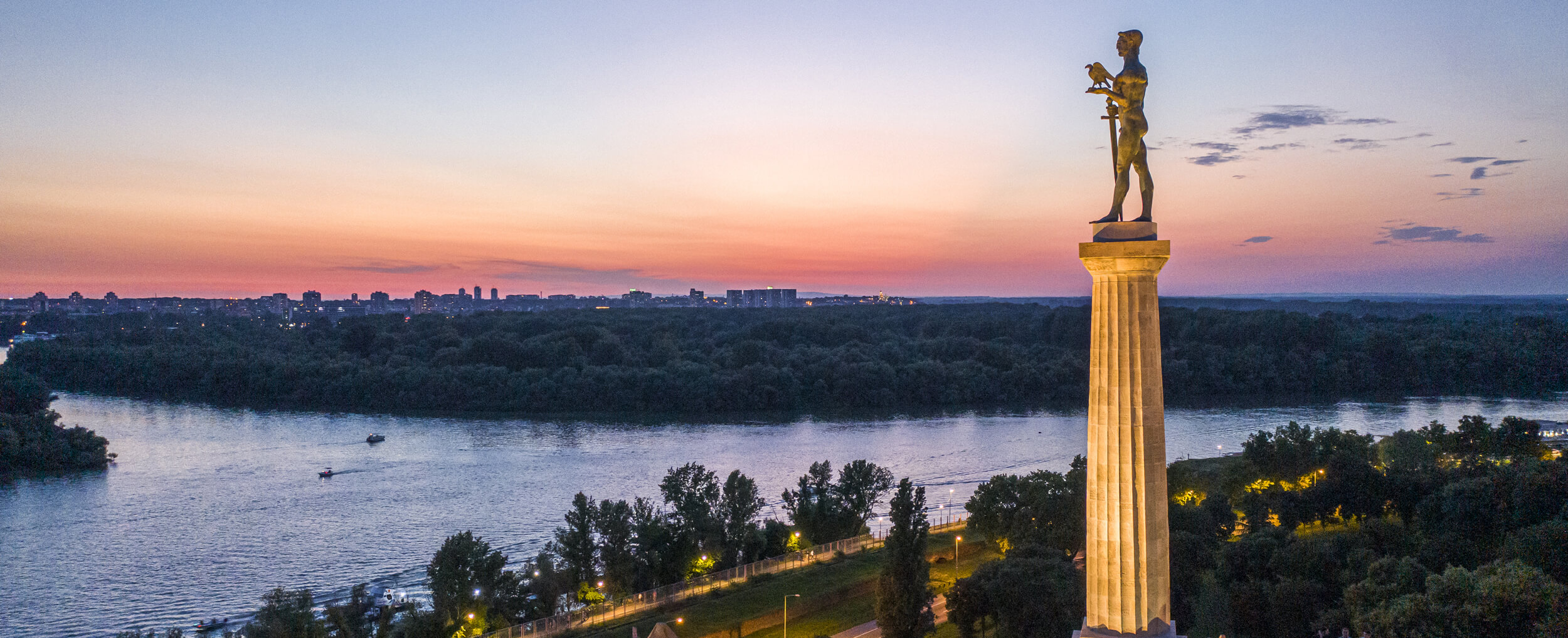Archbishop Danilo talked about a visit of Queen Simonida to his brother-in-law Dragutin and his wife Katarina. Queen Simonida, accompanied by many nobles and with the approval of her husband the Serbian King Milutin, arrived in Belgrade most probably in 1315. She was welcomed with many gifts and honours by Dragutin, Serbian nobles, and envoys …
The ports had a major role in the Belgrade economy. Belgrade had two ports in the 16th century: a trade port and a military river base anchorage. The trade port was on the north side of the town on the river Danube, while the military one was a bit more to the east. Goods were …
During twenty years of Austrian rule, Belgrade became a “Merry Town”. More than two hundred inns were opened, and four breweries were working to their full capacity. The most famous inns were “Red Rooster”, “Red Ox”, “Five Larks” and “Three Rabbits”, while the most notorious was “At Two Bulls”. In one of his reports to …
During the reign of Aleksandar Karađorđević, the influence of western culture was increasingly common. This effect was first felt on the court. At the time, apart from the commonly celebrated “Slava” (Saint’s Day), special lunches were also made twice a year at the court. Pashas, ministers, foreign generals and consuls were invited to these special …
A mystery surrounding the Roman well attracted adventurers who sought to reach its bottom. In 1855, Rome Zmorski headed into such an adventure, later remarking: “In recent years there has never been any need for using the well. It has never happened to me to meet anyone who would at least out of curiosity try …
The first news on football in Serbia was published by “Večernje Novosti” in May 1896. According to the report, members of the Sports Association “Dušan Silni” played the first football match in Belgrade at the Lower Town close to Nebojša Tower.
This small powder magazine was located in the eastern corner of the Upper Town, between the remains of the two barracks up until the start of the Second World War. It was built between 1725 and 1736 as most of the powder magazines in the fortresses from the eighteenth century.
The building, which housed the command of the Belgrade Fortress – the Main Guard Building, was erected during the Austrian reconstruction of the fortress during the thirties of the eighteen century. Sultan Mahmud I (1730-1754) subdued Belgrade once again to Turkish power, and he added flanking galleries and a minaret, turning the building into a …
The latest findings made by archaeologists during additional explorations of the South-East Rampart of the Upper Town of the Belgrade Fortress are the remains of the 18th-century blockhouse, a construction most similar to a modern bunker. The object had two floors, five gun holes and was used to hide the soldiers who were defending the …
The remains of the Roman fortification, the camp of Legio IV Flavia, are very poorly preserved since they lie under the foundations of younger fortifications or were completely destroyed during later construction. Although the remains of the camp can only be seen in rare places today, their layout testifies to a spacious fortification, the defended …

